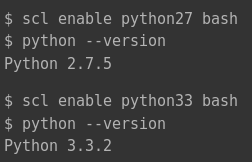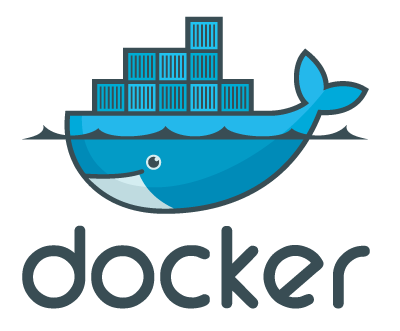Background As legacy applications are redesigned for the cloud, they are converted to run in a stateless manner. In newly designed applications, data flows between application code, messaging infrastructure, caches and databases seamlessly even during individual node failures of any one subsystem. When an active node fails, a new one is instantiated and placed back
Core Builds in the Age of Service


